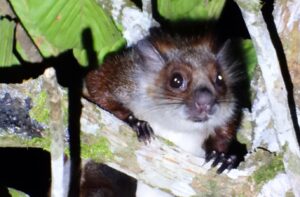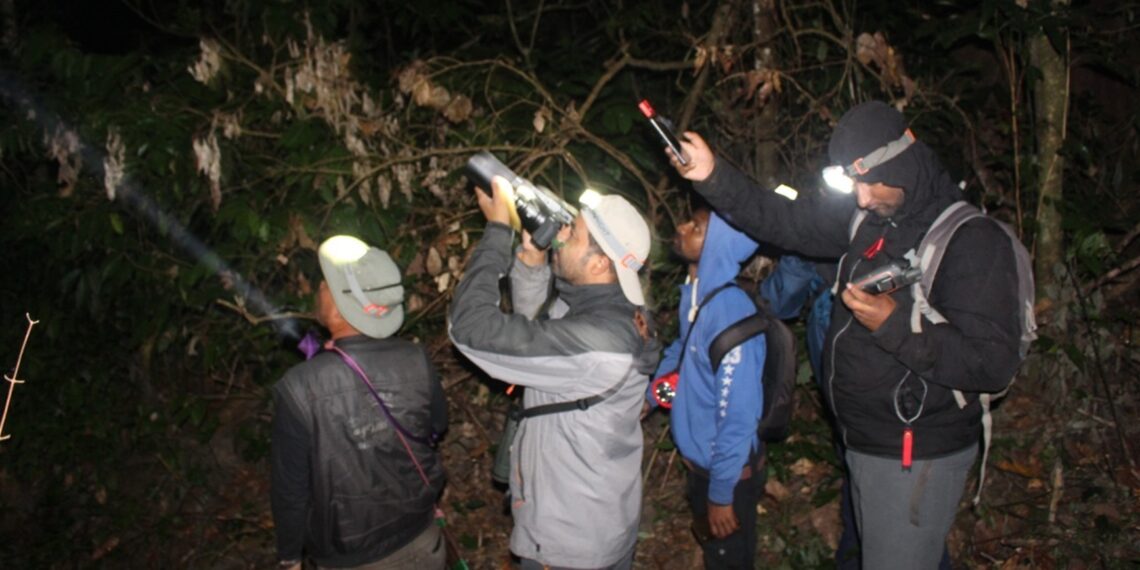GUWAHATI: In the dense and intriguing landscapes of Arunachal Pradesh’s Namdapha National Park, a team of dedicated conservationists has achieved a monumental feat – the rediscovery of the elusive Namdapha flying squirrel.
This enigmatic mammal, last seen in 1981, has long remained a species of mystery, challenging researchers due to its nocturnal and arboreal nature.
The Namdapha flying squirrel’s uncanny resemblance to the Red Giant flying squirrel, also found in Arunachal Pradesh, added to the complexity of the task.
Despite numerous attempts by conservationists from various organisations, the elusive creature remained elusive until Aaranyak, a biodiversity onservation organisation, initiated a focused effort.

Aaranyak commenced their search with 10 expeditions spanning a total of 79 days around March 2021.
Learning from past experiences, the team strategically designed their study plan to determine the specific habitat used by the elusive mammal.
This approach proved advantageous, allowing the team to concentrate their efforts in unpopulated areas, unlike previous attempts.
Led by Dr Firoz Ahmed, the Aaranyak team, including field researcher Sourav Gupta and volunteer Saurabh Mardi, conducted nightly visits to potential sites, focusing on upper forest canopies near the river.
The breakthrough came in April 2022 when Aaranyak’s researchers spotted a reddish and grizzled furry small mammal high up in the tree canopy.
Months of scrutiny of photographic evidence led experts to believe it was the Namdapha flying squirrel.
However, conclusive confirmation awaits DNA analysis.
Dr Ahmed and his team are now in the process of designing a study to collect DNA samples from the field and compare them with the DNA of the individual collected in 1981, stored in the Zoological Survey of India, Kolkata.
“Flying squirrels are majestic animals, and both Namdapha flying squirrel and Red giant flying squirrel make Namdapha National Park much more special,” remarks Dr Ahmed.
The potential rediscovery of the Namdapha flying squirrel serves as a powerful flagship for conservation, offering hope for the park and its diverse wildlife.
Researcher Gupta expresses the team’s determination, saying, “Our team was well aware that tracking down the elusive species, missing for 42 years, mirrored the difficulty of finding a needle in a haystack. We are eagerly looking forward to securing DNA confirmation for the species.”
The rediscovery of this critically endangered species offers a ray of hope for conservationists.
It opens avenues for extensive research on the species’ ecology, habitats, demography, and genetics, providing crucial insights for its future survival.
The Aaranyak study had received support from Re:Wild and IUCN SSC Small Mammal Specialist Group (SMSG) through donations and a crowd-funded project initiated in 2019.















